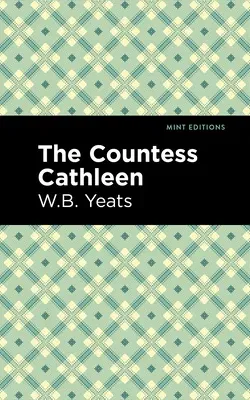The Countess Cathleen (1892) is a verse drama by W.B. Yeats. Dedicated
to Maud Gonne, an actress and revolutionary whom Yeats unsuccessfully
courted for years, The Countess Cathleen underwent several editions
before being performed in its final version at Dublin's Abbey Theatre in
1911.
Based on an Irish legend, the play, set during a period of intense
famine, follows a land-owning Countess who decides to sacrifice her
wealth and property in order to save the starving Irish people. As dusk
gathers, a family prepares for dinner in their rural home. The fire is
lit, and Shemus, the father, has returned home from a day of hunting
with nothing to show for it. As they scrounge what they can to make
themselves a meal, the Countess Cathleen arrives to ask them for
directions. Touched by their suffering, the Countess returns home and
begins to wonder what she can do to alleviate their difficult
circumstances. Impatient, Shemus yells to the darkening woods to welcome
whatever being, angel or devil, that would bring them money or something
to eat. When two merchants arrive offering him gold for his services, it
appears that the Countess, despite her good intentions, may already be
too late. The Countess Cathleen is a drama written in blank verse that
explores themes of poverty, faith, and Irish independence.
With a beautifully designed cover and professionally typeset manuscript,
this edition of W.B. Yeats's The Countess Cathleen is a classic of
Irish literature reimagined for modern readers.


